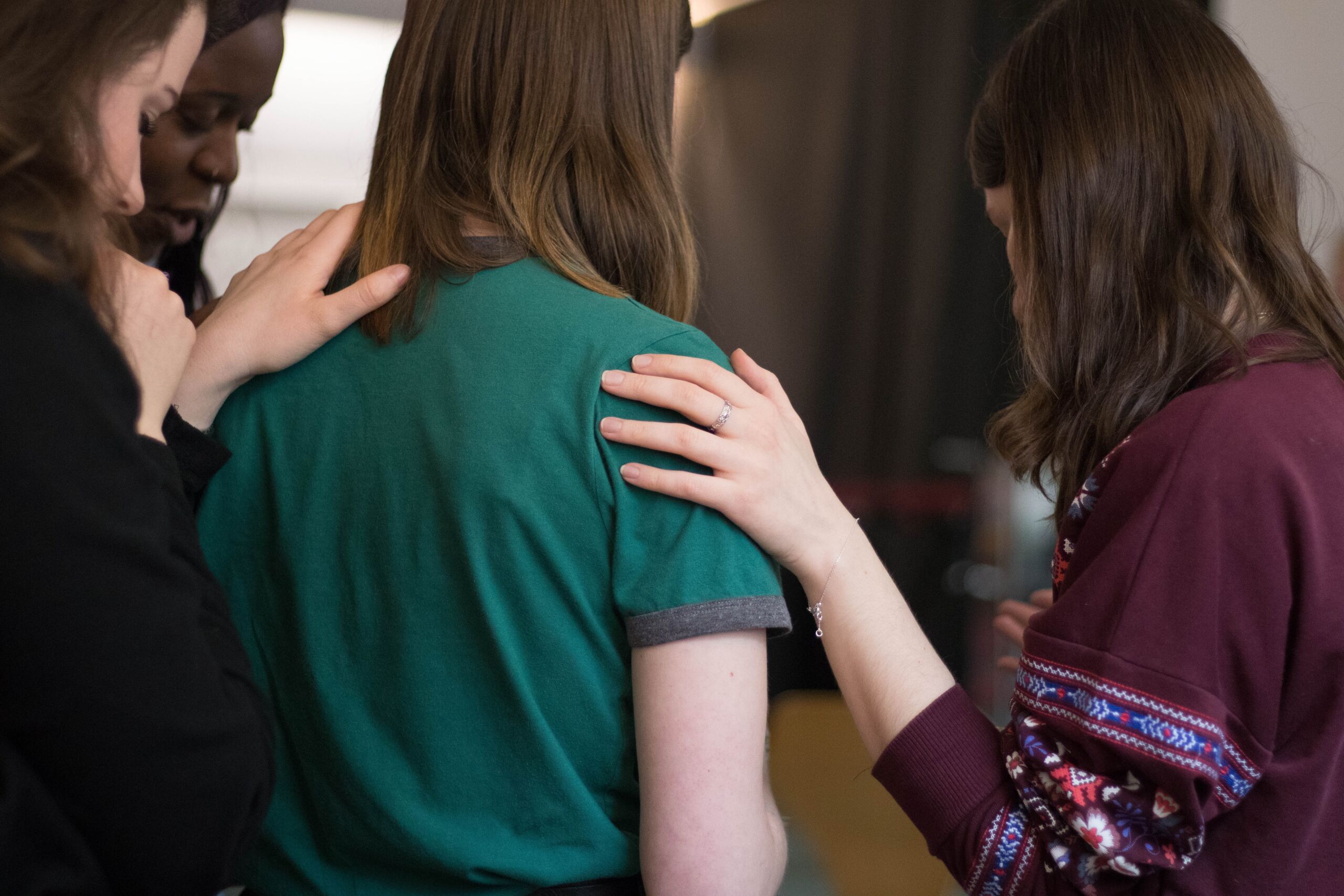To some extent, “Trauma-informed” has become another buzz word in the field of education, and in many respects, this is a good thing. It has underscored the complexity of the human experience and the profound impact trauma can have on a student’s development and academic progress. Awareness of the long-term consequences of Adverse Childhood Experiences (ACEs) has become widely known and the research regarding its effects on the developing brains and bodies of youth is well documented. Unfortunately, in Indiana almost half (47.3%) of youth have experienced at least one ACE, and almost one in four (24.2%) have experienced two or more. This is the reality of many of the youth we serve.
“Being trauma-informed is important, AND, simply being trauma-informed doesn’t tell the whole story nor equip us with the skills and strategies necessary to support individual students and their families.”

So yes, being trauma-informed is important, AND, simply being trauma-informed doesn’t tell the whole story nor equip us with the skills and strategies necessary to support individual students and their families. For example, when we focus solely on the event or the number of ACE’s a child experiences, we neglect to understand how the student perceives the traumatic event. What one person perceives as traumatic, another may not, or they might respond to the event in a very different way.
Therefore, it’s imperative to cultivate a deep understanding of each individual student, exploring their background, experiences, and worldview, in order to tailor our support to meet their unique needs. As Dr. Adolf Brown fittingly suggests, “Research will help guide you, understanding that each student is a research project will help connect you.” We need to understand that without significant relationships, significant learning cannot take place. When we approach each student as a research project, we begin to invest intentional time to listen to each individual’s lived experience, build strong trust-based relationships, and strengthen their web of support. This shift begins to help us transition from simply being trauma-informed to genuinely trauma-responsive, and improves the likelihood of students learning at high levels.
So how do we make that shift? Well, I would like to offer three important questions I think all students ask (explicitly or implicitly) when they enter our spaces, especially students who have experienced trauma. I also think if students answer yes to all three questions, we can teach them almost anything! Here are a few words about each of them…
- Can I trust you?
Our brains are wired for safety. At the first sign of danger, we are hijacked by our limbic system and move into emotional survival mode. This process is used to protect us from the outside world, to protect us from rejection, failure, dangerous people and situations. However, while it may protect us, it also prevents us from experiencing true connection and trusting others. Students who have experienced trauma tend to live in this space more often than not, scanning the environment around them for potential threats. However, through time, shared experience, and authentic relationships, we can build learning environments that foster trust. Trust is built with our students in the everyday small moments. Trust is built when we remember our student’s game or performance and ask them about it. Trust is built when we notice they just seem off today and ask, “How are you?” Trust is built when we ask what they think about the new version of Fortnite because we know they have been waiting all week for it to come out. Trust is built when we ask them how their mom is doing because we know she just had surgery. These seemingly insignificant moments are actually the building blocks of trust that can help mitigate the harmful effects of trauma. Dr. Brene Brown’s Anatomy of Trust provides a great overview of the essential ingredients to build trust. When we set consistent boundaries, are reliable for our students, accountable for our own mistakes and own up to them and help students do the same, operate from integrity, create non-judgemental spaces, and offer generous interpretations for our student’s actions, we create trusting learning environments where students feel safe, seen and heard. - Do you care about me?
Have you ever had that student who pushes you away until they understand you are not going away? This is usually the first reaction for students who have experienced trauma. They will push you away, through their behavior, their words, and their actions or inaction. This is usually done out of a motivation of self-preservation. Before trust is established, and students recognize your authentic concern and support, those who have experienced trauma may continue to fortify their emotional armor, hindering them from experiencing genuine connection. The limitation of solely embracing a trauma-informed care approach lies in its passive nature of just understanding, while trauma-responsive care requires active involvement to help break down the emotional barriers that have been built. We need both a trauma-informed approach AND a trauma-responsive approach. Trauma-informed care says, “If you need help, I’m here,” while trauma-responsive care sets consistent times for student check-ins. Trauma-informed care instructs us that we need to greet each student by name, while trauma-responsive care motivates us to not only know each student’s name, but get to know their interests, life experiences, goals, and family. Trauma-informed care helps us notice a student with their hood up during a lesson and that there may be more behind it than insubordination or disengagement, while trauma-responsive care sets up a time during advisory to sit one-on-one with that student to see how they are doing. It feels nice to be cared about, but being cared for can be life sustaining! - Are you committed to my success?
In many cases, students who have experienced trauma are familiar with individuals in their lives who have disappointed them, hurt them, or abandoned them. Some students enter our spaces with the preconceived notion that we may do the same. As we participate in the day-by-day, hour-by-hour, and sometimes minute-by-minute work of building trust and cultivating care with our students we send the message that we will not give up on them. These building blocks pave the way for students to understand we are not going away and we are committed to supporting them along the way. I have seen this time and time again in my career. There was the student who went from flipping desks to writing poetry. There was the student who went from constant friendship challenges to graduating with distinction. There was the student who went from suspensions for fighting to the honor roll and leadership. And, there was the student who went from needing assistance to providing assistance to others. When students are confident that we will not give up on them, and we are committed to seeing them succeed, great things can happen!
“It feels nice to be cared about, but being cared for can be life sustaining!”
This work is messy, it’s hard, and can test your resilience to the limits. There might be days when you find yourself heading home in tears, moments when frustration gets the best of you, and moments when you question whether it’s all worth it. However, there will also be days when you witness the spark of curiosity from a student who seems disengaged. There will be days when you experience the joy of spontaneous applause from students when you finish a captivating book. There will be days when you overhear your students grappling with profound ideas in their small group discussion. There will be days when you get a note from “that student” reminding you your impact is indeed making the world a better place! Can I trust you? Do you care about me? Are you committed to my success? When students can answer “yes” to these three questions it is the best trauma-informed and responsive strategy I have found!
Resources
Please login or register to claim PGPs.
Alternatively, you may use the PGP Request Form if you prefer to not register an account.



